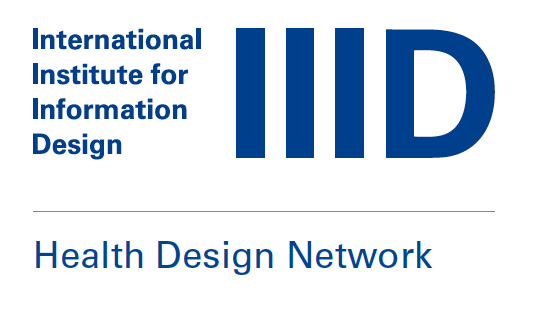Health and Design
Fostering a culture of collaboration through education
Over the last year, in consultation with an extensive list of professionals from both design and health we developed a first draft of this White Paper, that was sent to about one hundred people, and then created a second iteration based on the many comments and suggestions received. The draft was circulated and further feedback was received and analyzed for this new edition.
What does this paper contain?
Section 1 presents our understanding of design, and reviews challenges that healthcare is facing today. These challenges are presented intertwined with areas where design can contribute. It closes with a proposal of how design can contribute to improve the current healthcare situation.
Section 2 describes patient-centred medicine and human-centred design approaches. It proposes that the human-centred design approach is necessary to achieve patient-centred care. It then discusses design methods that are being implemented in healthcare to help develop solutions that respond to users’ needs and expectations.
Section 3 is organized in three parts, communication design, service design and industrial design. It outlines areas where design has contributed or could contribute to public health and healthcare. The section presents case studies reported in specialized literature and web resources. It ends with a question concerning future steps to take to strengthen the connection between healthcare and design.
Section 4 discusses why and how to strengthen the collaboration between healthcare and design, and describes some initiatives in health design education.
Section 5, the conclusion, argues that while there has been and there is much activity between health and design, the connection suffers from several problems. The paper highlights the need for formalizing the interdisciplinary collaboration between health and design through the creation of new educational initiatives across the learning continuum: undergraduate, graduate, and life long learning.
Two appendices provide further information on medical and design centres relating to health design and a list of relevant conferences and other events.

